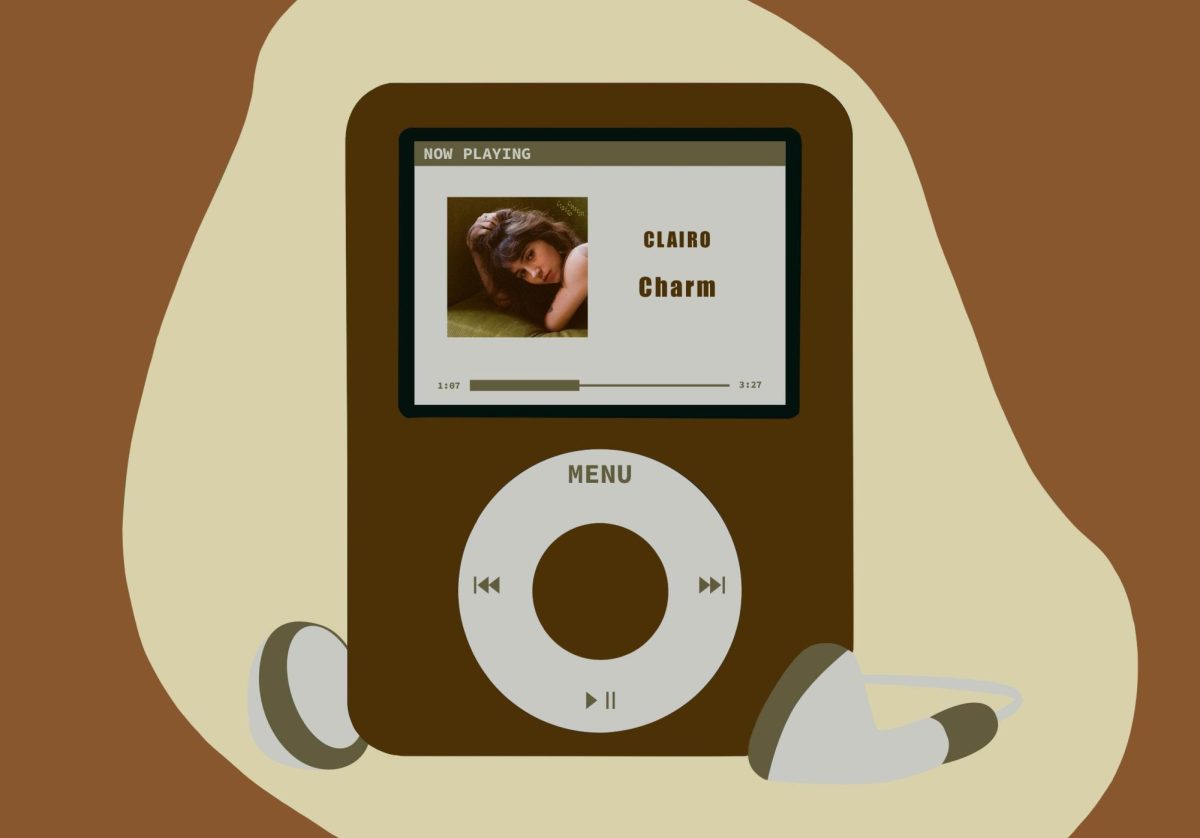Love is never easy, especially when surrounded by the piranhas, crocodiles, poisonous snakes and disease-carrying mosquitoes packed in the novel “The Sunflower.”
And writing a book about love has just as many deadly traps.
Richard Paul Evans’ novel escapes them with a love story bigger than that between his two main characters. His romance novel dares to look beyond simple romantic love.
It begins when Christine’s fiance calls off their wedding only a week before the ceremony. Her best friend signs the two women up for a humanitarian mission at a Peruvian orphanage called El Girasol, which translates to The Sunflower.
Why the friend thinks a dangerous jungle is just the thing to cure a broken heart is anybody’s guess.
While on the trip, Christine meets a doctor who, after losing his career and his fiance after a horrible day in an American emergency room, ran away to the depths of the Amazon jungle and is now in charge of the orphanage.
“The Sunflower” is, at its core, a story about love. Although another burned-by-love, learn-to-trust-again love-triangle story might seem cliche, Evans’ novel combines love with pain, poverty, hope and the threat of loss to create an uplifting and powerful story.
That story isn’t between just Paul the doctor and the now-single Christine. There’s the love that the dozen or so orphans have for each other. After one boy’s birthday pinata is broken and the candy’s been gathered, they make sure to divide it evenly so no one is left with less.
There’s the love of friendship that brought Christine to Peru in the first place, thanks to her best friend.
Where there’s love, however, there’s also pain.
Evans got the idea for the book after taking a humanitarian trip of his own to Peru, and he’s almost brutally deliberate in his depictions.
Paul’s mother suffers from the degenerating and debilitating amyotrophic lateral sclerosis, aka Lou Gehrig’s disease. The children of the orphanage were found on the street, having been lost or abandoned, and some had been viciously abused.
And, as if that weren’t enough, a conflict arises that leaves Paul and the orphanage in a state of panic, and a surprise visitor disrupts a budding romance.
All this and then some is crammed into 334 pages.
Evans’ writing style in “The Sunflower” is similar to that of Nicholas Sparks, the author of “The Notebook” and “A Walk to Remember.” Excluding the sarcasm ” in which his characters delight ” his lush descriptions and conversational tone are like parts of an elaborate fairy tale.
It may seem to some that Evans tries to stuff too much into just one book, but the overlapping themes and sub-plots twist together for a wonderful ending that embodies Evans’ central theme: Love really is stronger than pain.
















